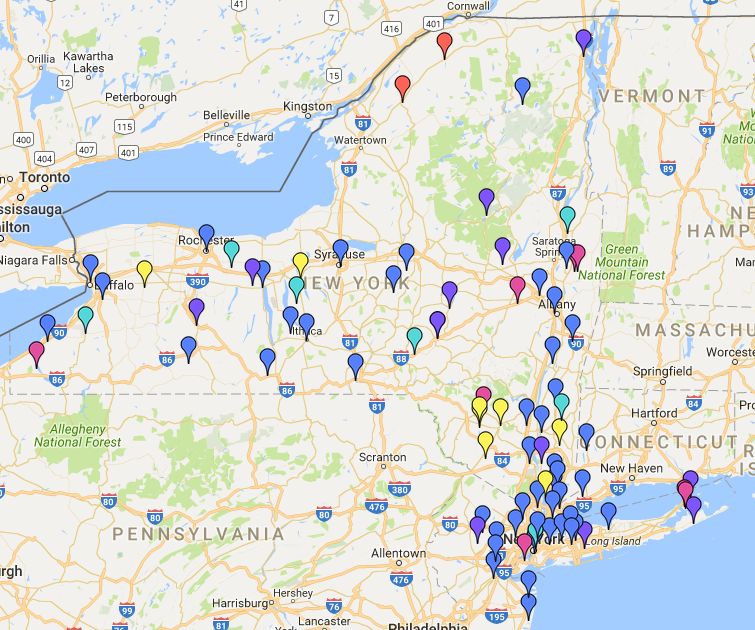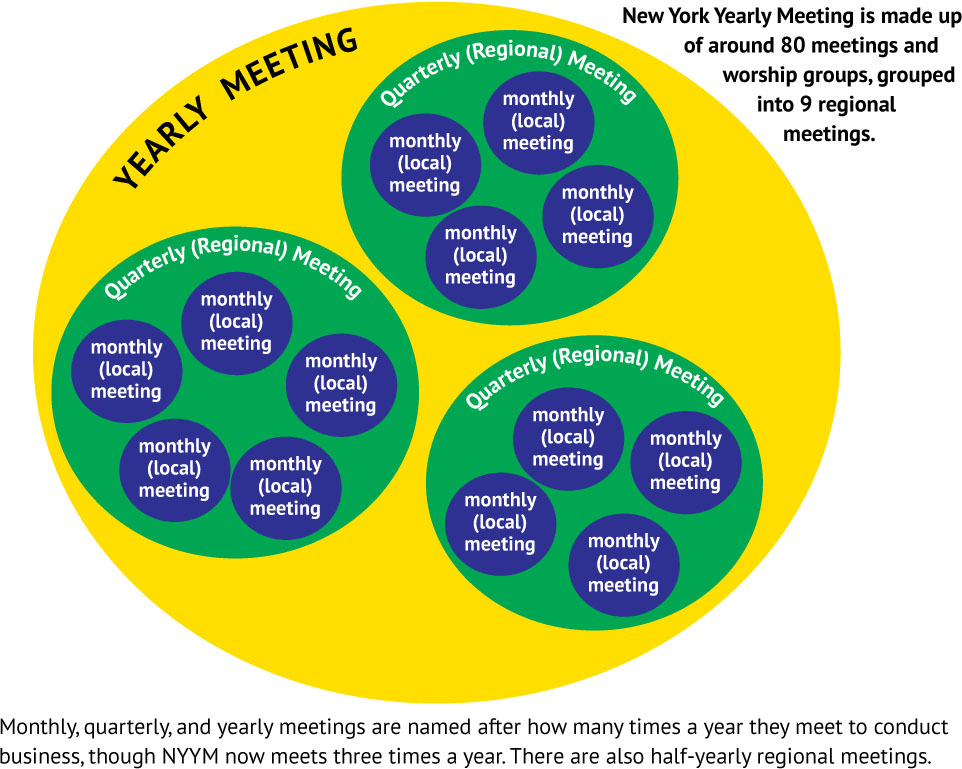More Veggies / Less Meat
by Janet Soderberg
Fifteenth Street Meeting
This plan is purposely easy because I don’t usually spend more than 45 minutes cooking. It’s NOT for hearty eaters. My husband Tom and I eat moderately. For one person, get half of a chicken if possible or get a whole one and freeze the other half. Also, we eat organic whenever possible because it’s better for the earth (and us!). Usually I get these vegetables from the Union Square Farmers Market: broccoli, green beans, carrots, bok choy, kale, etc. During the winter I’ve found organic broccoli florets and more at Trader Joe’s and many more choices at Whole Foods.
How to make a cooked chicken from Whole Foods stretch for five meals for two people without scrimping
My partner Tom brings home the cooked organic chicken and I separate the parts: legs and thigh, breasts and wings, and I take all the excess meat off the bones. Into a small glass covered dish I put one leg and thigh for Tom, one thigh for me. I also take all the meat off the wings, extra leg, and remaining bones while the chicken is still warm or room temperature and easy to do. I put all the other parts and meat into a storage container (glass because food keeps longer).
The vegetables: cutting up vegetables for me is therapeutic. I love experiencing their textures and colors, stuff of the earth(!), as I cut them to the right size for steaming.
I take the covered dish of chicken out of the refrigerator two hours early. To heat it up, I often bake a yam so the top of the toaster oven gets really hot and heats up the chicken. We also have a big helping of a steamed fresh swiss chard sprinkled with Balsamic vinegar and salt. Even during the winter, we can get beautiful fresh chard and fine salad greens from a farmer who grows it in a tent at Eckerton Hill Farms.
The second day we have curried chicken using one third of a 12 oz jar of curry sauce. I take all the excess meat and maybe a little bit of one breast and put it into a small covered pan with the curry sauce. I also make basmati rice sprinkled with cardamon seeds and prepare and steam a big portion of organic fresh broccoli florets from Trader Joe’s. A little lemon juice and salt make the broccoli tastier.
The next night might be another curry because we love Indian food. We also steam the last of the swiss chard.
The fourth night we might have chicken (part of a breast) heated up in a small dish. I also make short-grain brown rice. On top of the chicken and rice, we put Thai peanut sauce from Whole Foods heated up in a small pan. We also steam more of the broccoli florets.
The fifth night we might have curried chicken if there is enough chicken left. We also have steamed broccoli rabe. If we have time to sauté it, it’s great with fresh garlic.
Of course we don’t necessarily have chicken five days in a row. We might make a vegetable stir fry using Hempeh, which is tempeh made with peanuts and hemp seeds. Hempeh is a little expensive, but when you consider it’s a tasty vegetarian source of protein, it seems worth it.
Happy eating!
Background: Zen master Thich Nhat Hanh has said that making the transition to a plant-based diet may be the most effective way an individual can stop climate change. Eating is profoundly personal and cultural. While reducing or eliminating meat may be difficult for many people, this is a big way to make a difference.
According to the latest analysis by Project Drawdown, eating a plant-rich diet is the third most effective way to reduce greenhouse gas emissions. As Drawdown notes, a meat “diet comes with a steep climate price tag: one-fifth of global emissions. If cattle were their own nation, they would be the world’s third-largest emitter of greenhouse gases.”
“Plant-rich diets...tend to be healthier, leading to lower rates of chronic disease,” notes Drawdown. “$1 trillion in annual health-care costs and lost productivity could be saved.” If price-distorting government subsidies, such as those benefiting the U.S. livestock industry, were eliminated, the true cost of meat would then be reflected in its price.





